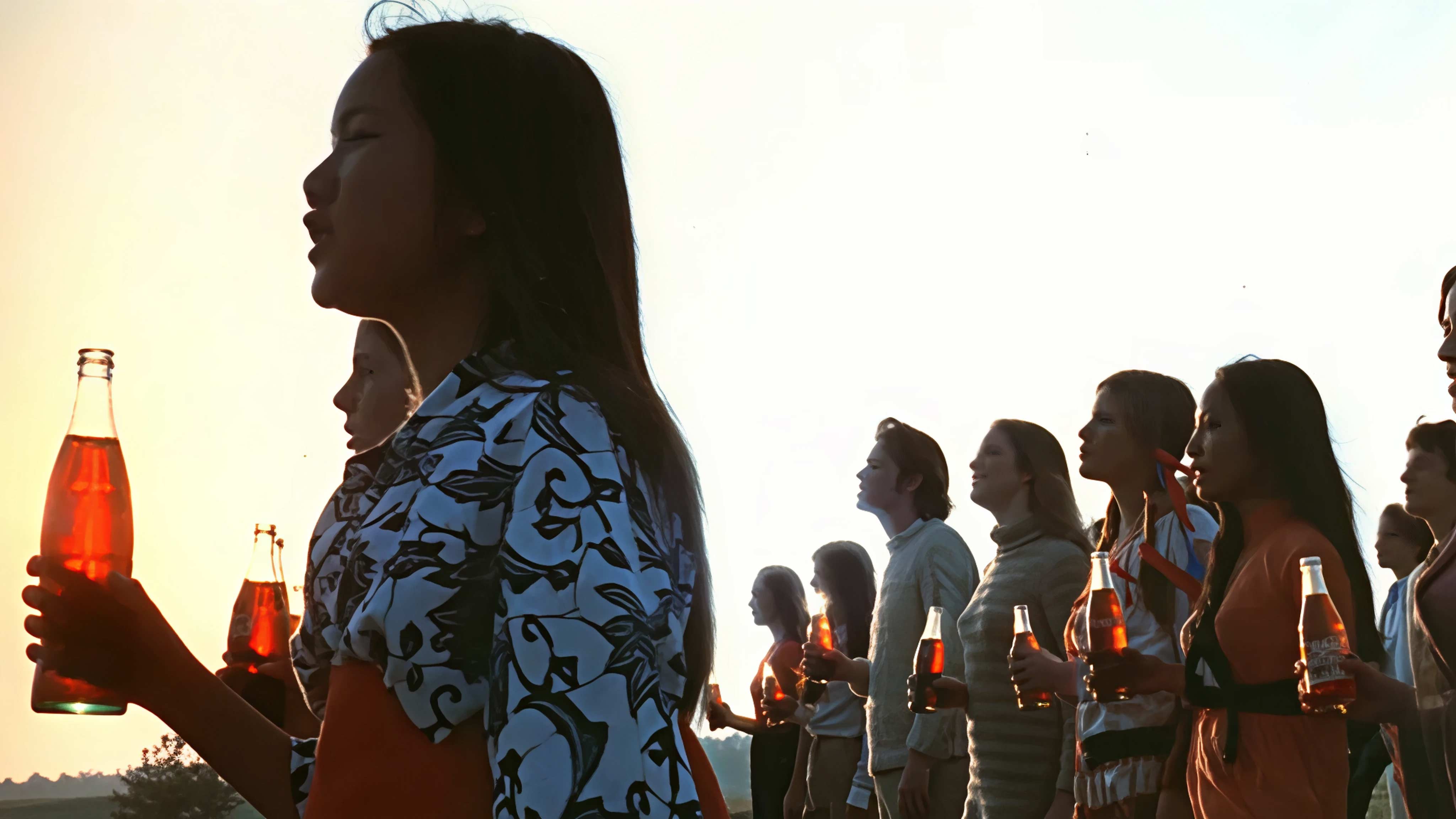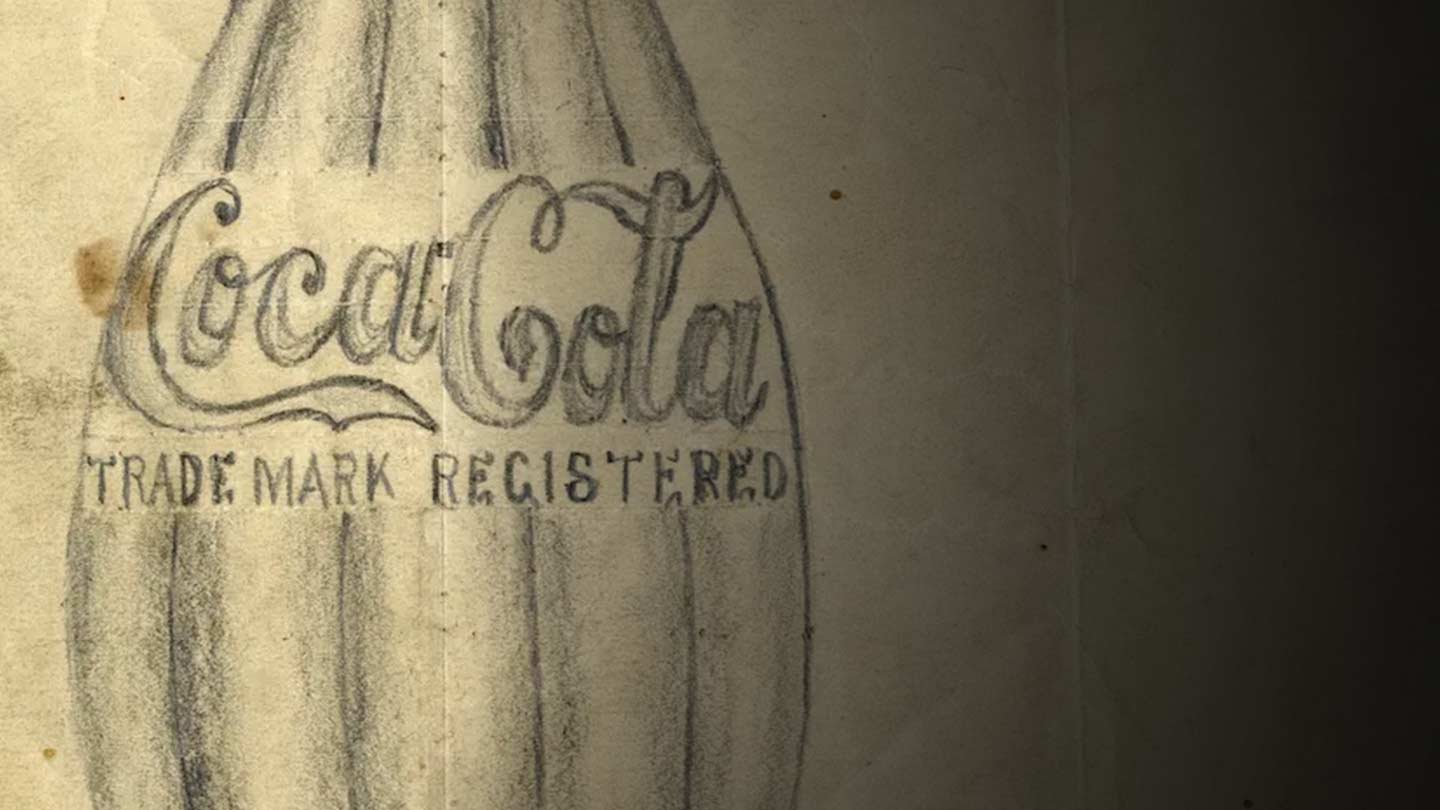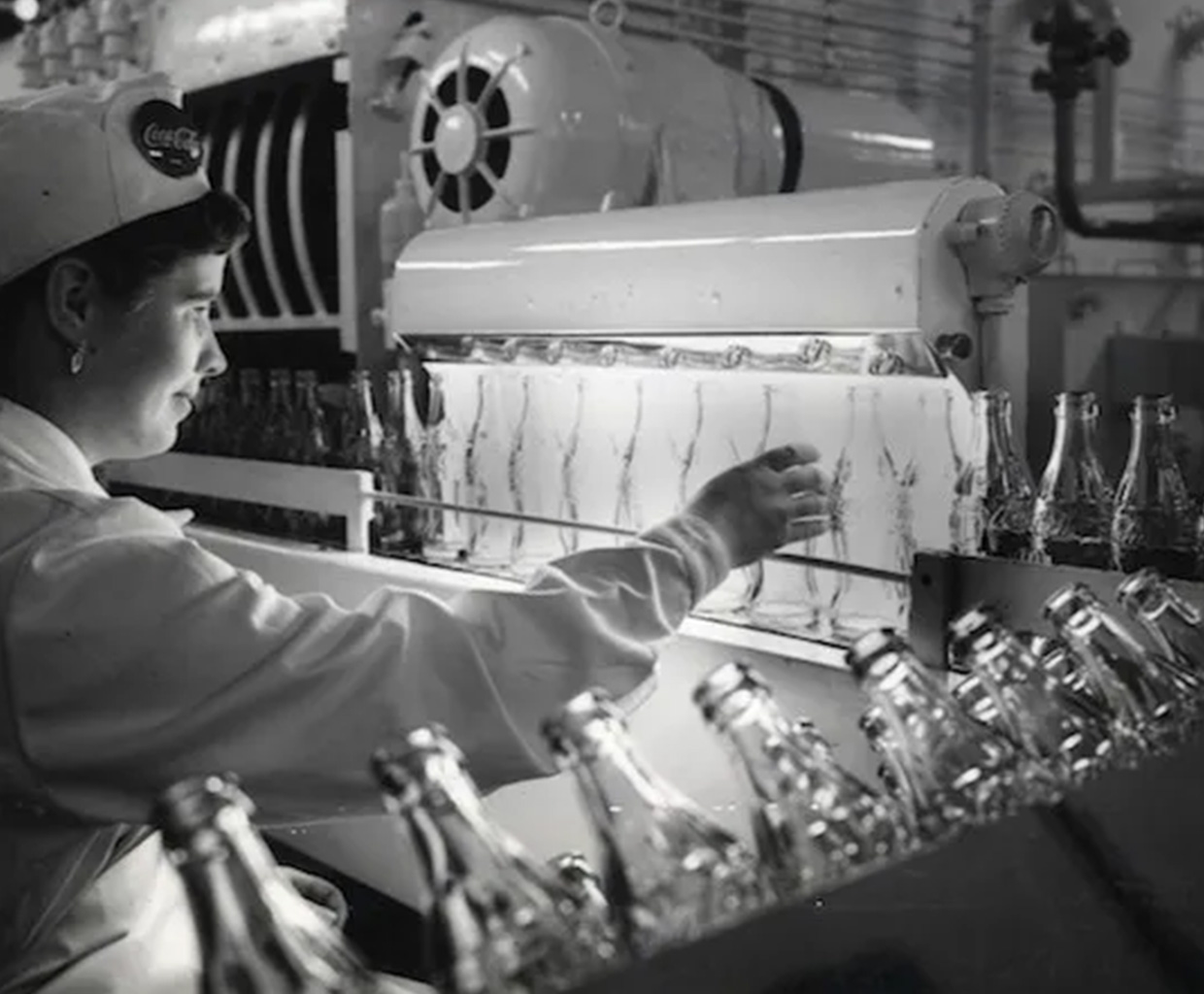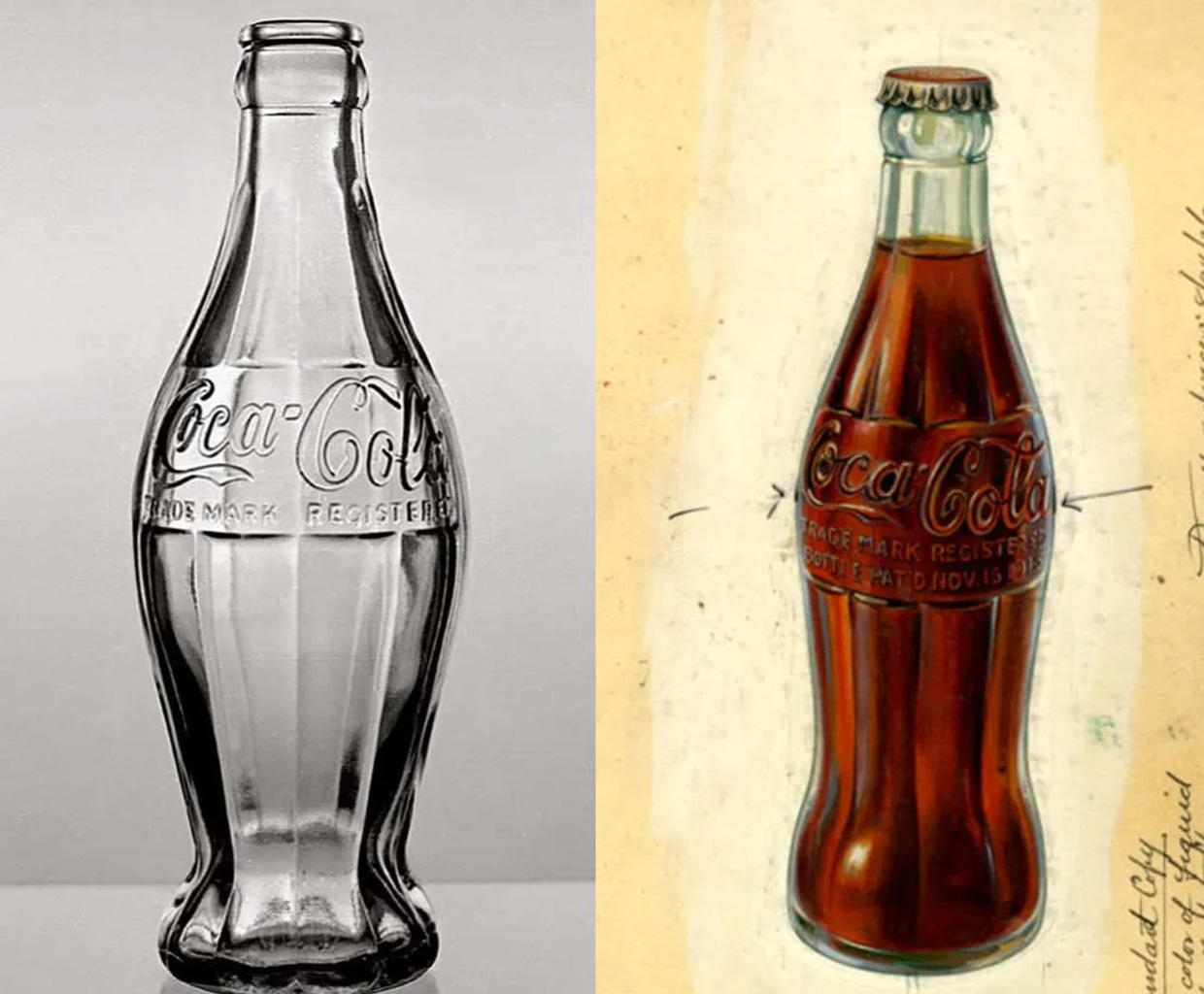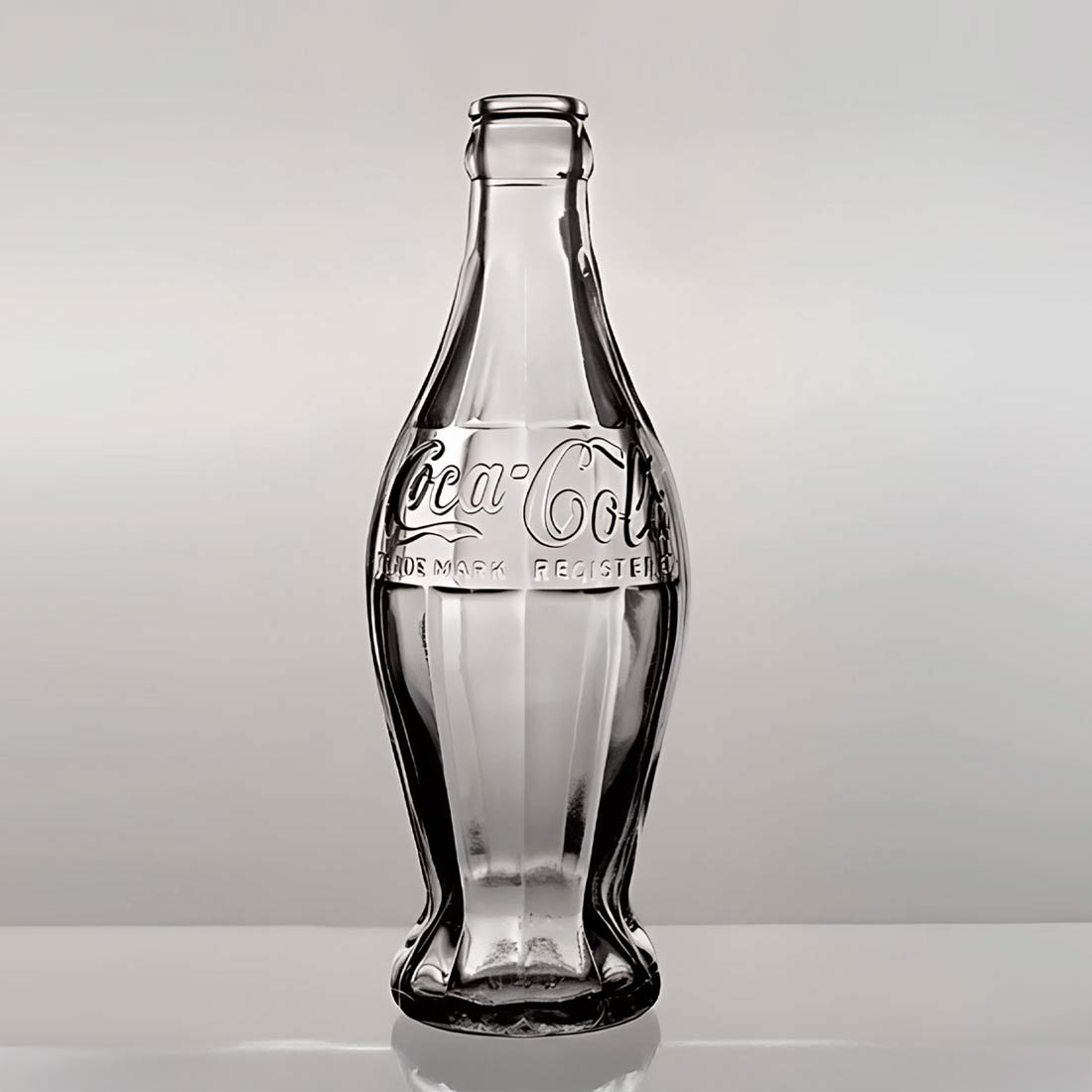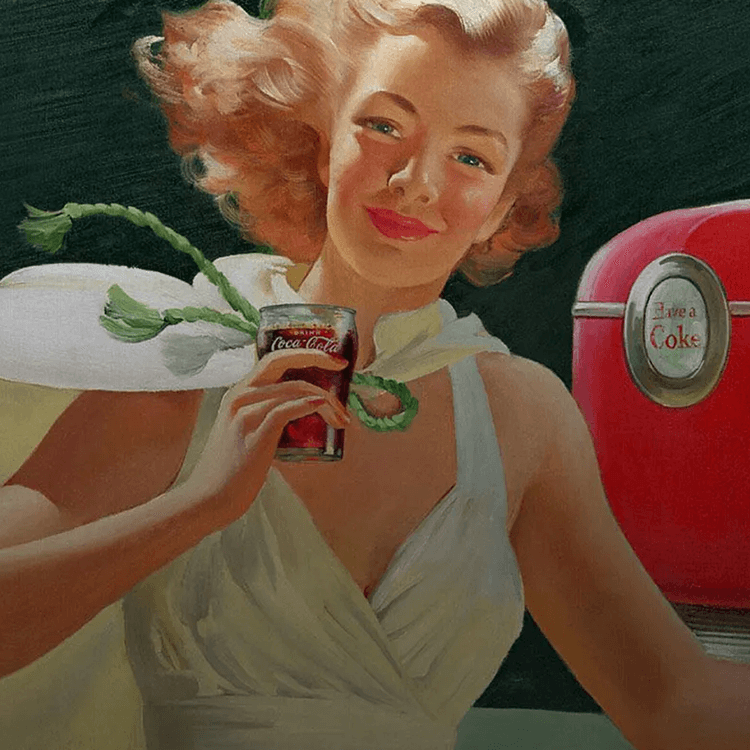Inspiration Takes Shape
The glass Coca‑Cola bottle is one of the world's most recognizable silhouettes. A design classic, it has been celebrated in art, music, and advertising, inspiring artists like Andy Warhol and brands like Volkswagen.
Cultural Impact
The introduction of the Coca‑Cola bottle was an instant cultural phenomenon. In 1950, it graced the cover of Time magazine, becoming the first commercial product to achieve such recognition. This highlighted the bottle's significance not just as packaging, but as a symbol of pop culture and American identity.
Over the decades, the Coca‑Cola bottle has been featured in countless cultural references. Artists like Salvador Dalí and Andy Warhol incorporated it into their work. The bottle's ability to transcend its original function and become a cultural icon testifies to its timeless design and global influence.
